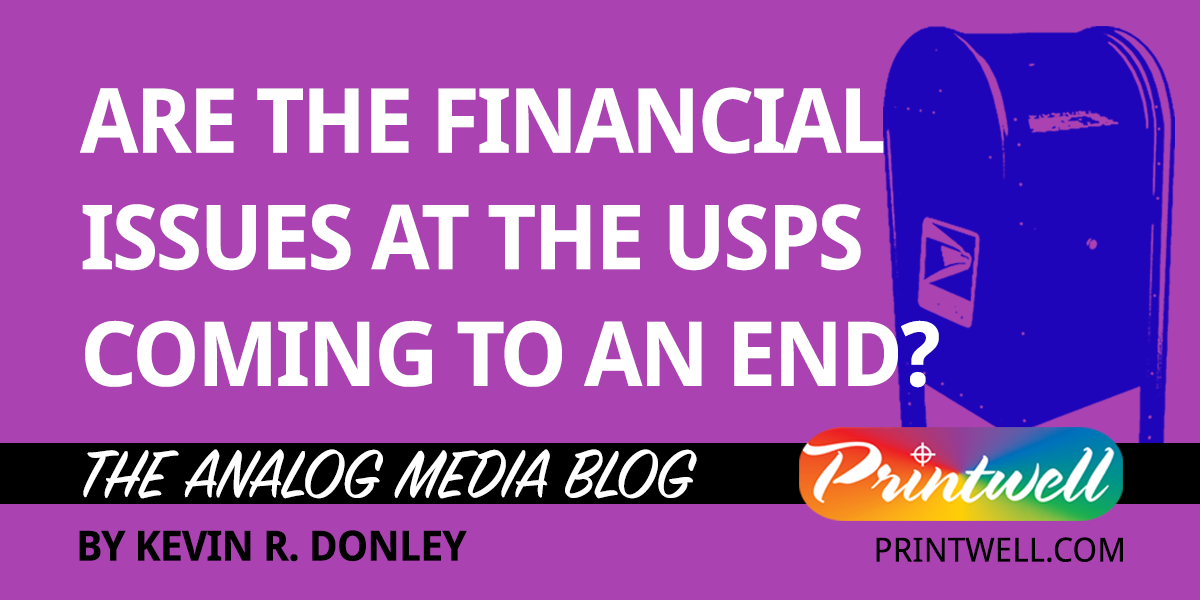Environmentalists have made strides recently on the topic of the damage caused by throwaway items such as plastic drinking straws. Many restaurants across the country are either limiting the use of plastic straws or banning them entirely in favor of the old-fashioned paper kind.
The straw campaign has successfully increased public awareness of the environmental impact of plastic straws, primarily due to their size. In addition to the energy requirements and carbon emissions of plastics manufacturing, these straws cannot be recycled and wind up in land fills where they will remain for hundreds of years because they do not biodegrade or decompose.
Additionally, the straws are small enough to either be consumed by animals or, in some cases, become entangled in animal anatomy. In both cases, the plastic straws can poison wildlife or block their biological processes leading to premature death.
The fact that paper straws are being embraced as the green alternative to the plastic ones is instructive: paper is both made from a renewable resource (trees) and it is recyclable.
The printing, publishing and direct mail industries have been campaigning for decades to promote the environmental positives of paper-based media. Many myths about the manufacture and use of paper being harmful to the planetary ecosystem have been dispelled.
An organization called Two Sides, which was founded in 2008 to represent the graphic communications supply chain from the forest to the post office, is devoted to educating and re-educating the public on the facts about paper-based print media:
- The paper industry grows many more trees than it harvests: Paper manufacturers encourage forest sustainability through their purchase and use of certified wood fiber and by promoting sustainable forest management policies and practices at home and around the globe.
- Paper is one of the few truly sustainable products: Paper is based on wood, a natural and renewable material. As young trees grow they absorb CO2 from the atmosphere. Furthermore, as a wood product, paper also continues to store carbon throughout its lifetime.
- Paper production uses renewable energy and the carbon impact is very low: Paper’s carbon footprint is smaller than might be expected: it’s made from a renewable resource that stores carbon, is recyclable and is manufactured using mostly renewable energy including biomass, biogas and hydroelectricity.
- Wood fiber from sustainably managed forests is essential to the paper cycle: Paper can be recycled up to 7 time before the fibers become too short and weak and break down. That’s why we need a continuous supply of fresh fiber harvest from sustainably manage forests.
- Many consumers value paper-based communications: Switching to digital is not always welcomed by consumers and many wish to retain the flexibility and security of paper-based and postal communications.
The Two Sides network has over 600 members all over the world and, through the organization’s “anti-greenwash” efforts, more than 440 companies in the banking, telecommunications, utilities and insurance industries have dropped their “go green – go paperless” and “save trees” claims to consumers.
Paper-based printed media remains an extremely valuable form of publishing, marketing and communications for both business and the public alongside of digital and electronic alternatives. It is also important to note that, due to its unique renewable and recyclable properties, ink-on-paper is also the most green media choice.
At Printwell, we are committed to keeping our customers informed about sustainability options for publication and direct mail production and distribution. We are an FSC-certified printing supplier and we have implemented sustainable business practices within our production facility. If you would like to learn more, please contact your account representative for a consultation or send us a message here and someone from our account team will get in touch with you.


